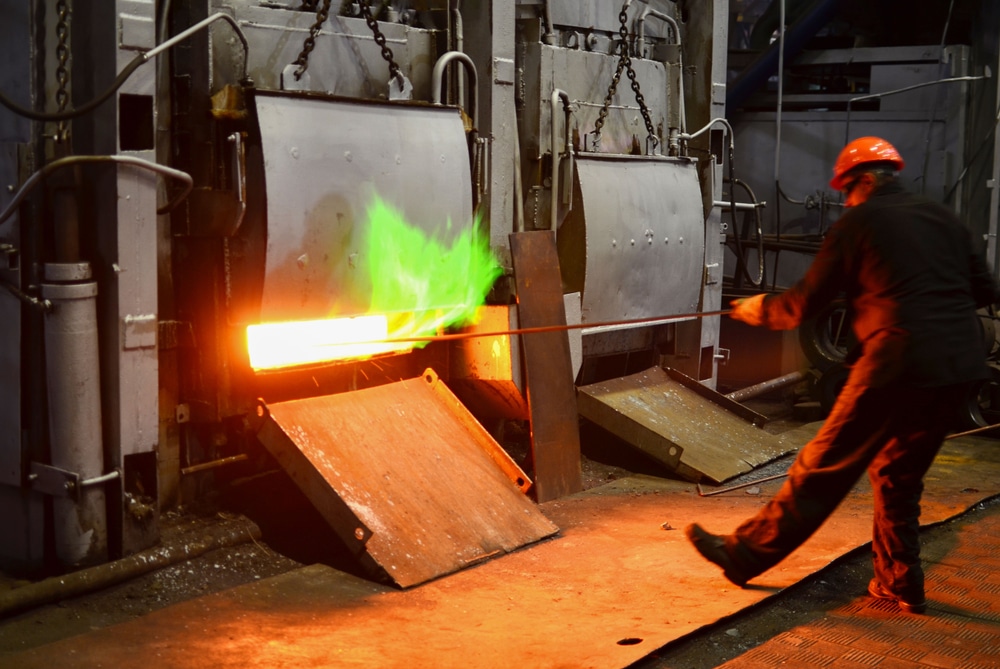What is Tempered Steel? Benefits and Uses
March 31, 2025 | Categorized in: Types

Tempered steel is a type of steel that has been heat-treated to improve its toughness and ductility while maintaining its hardness. Tempering involves heating the steel to a specific temperature below its critical point, holding it at that temperature, and then cooling it, usually in still air. This process enhances the steel’s overall usability for various applications.
What is tempering?
Tempering is a heat treatment process used to alter the mechanical properties of metals such as steel. By heating the metal to a specific temperature below a specific temperature, tempering reduces brittleness and enhances toughness. Interestingly, tempering is known to result in a variety of different hues depending on the temperature used, which we cover in-depth here.
How to temper steel
The tempering process itself is fairly straightforward, but achieving the desired result relies on specific temperatures and times. Here’s a step-by-step breakdown of tempering steel:
Tempering Steel Step #1: Heat the steel to a temperature between 300°F and 1300°F, depending on the desired properties.
Tempering Steel Step #2: Hold the steel at that temperature for a specific time to ensure uniform tempering throughout.
Tempering Steel Step #3: Finally, the furnace is turned off as the steel is cooled at a specific rate.
Tempered steel benefits
Tempering offers many advantages over other methods of heat treatment. Here are the top five benefits of tempered steel:
- Increased Toughness: Tempered steel is more resistant to impact and fracture.
- Reduced Brittleness: The process decreases the metal’s tendency to shatter under stress.
- Improved Ductility: Tempered steel can bend and stretch without breaking.
- Enhanced Wear Resistance: The surface of tempered steel is more durable.
- Stability: Tempering reduces internal stresses, stabilizing the metal’s structure.
Tempered steel uses & applications
You’ll find tempered steel used across a variety of industries:
- Automotive: Used in critical components such as crankshafts, gears, and suspension springs that require high strength and durability.
- Construction: Essential for structural beams, bridges, and reinforcing bars in concrete structures.
- Machinery: Integral in gears, high-stress machine parts, and industrial equipment such as cutting tools and dies.
- Aerospace: Used for aircraft landing gear, turbine blades, and other critical components needing reliability under stress.
Tempering vs. annealing, hardening, and quenching?
While all these processes involve heat treatment of steel, they achieve different results. Tempering reduces brittleness and increases toughness by heating and cooling the steel. Annealing softens the metal, making it more workable. Hardening increases hardness through rapid cooling after heating. Quenching rapidly cools the metal to lock in hardness but often requires tempering afterward to reduce brittleness.
Here to supply you with the high-quality steel you need!
If your projects demand the strength, versatility, and resilience that only American-made steel can provide, look no further than Service Steel Warehouse. We supply a comprehensive range of steel products and services, ensuring that your specific requirements are met with precision and excellence. Our ready-to-ship inventory of high-quality steel is ready for your order, so request a free quote or give us a call today!

